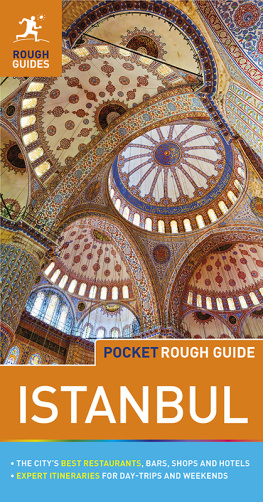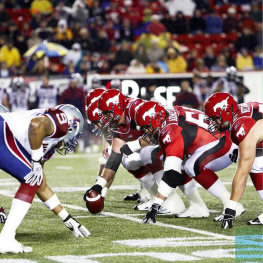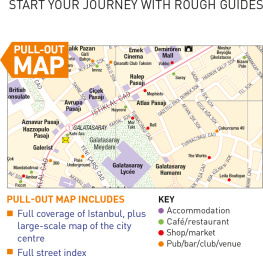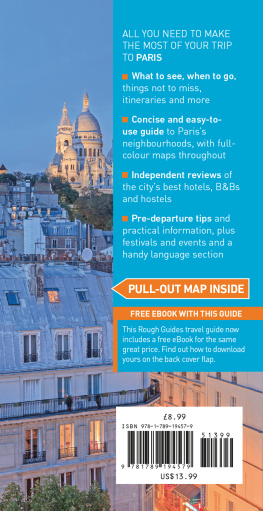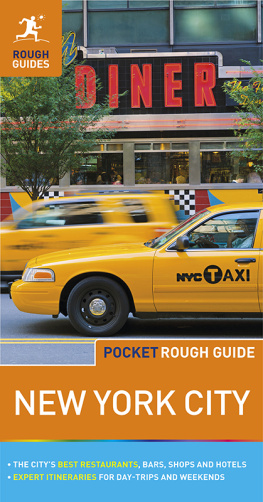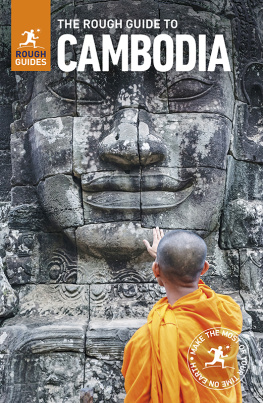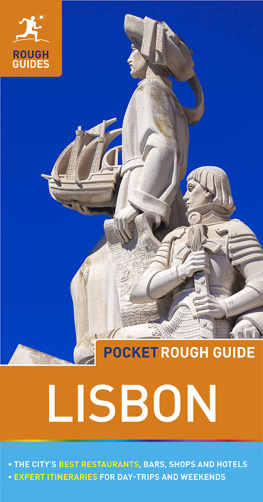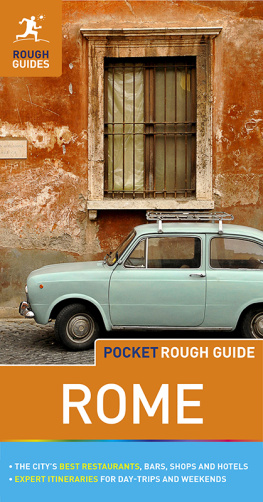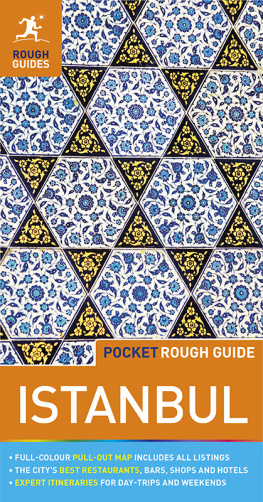Introduction to Istanbul
Few of the worlds cities capture the imagination quite like Istanbul, superbly situated at the confluence of predominantly Christian Europe and the largely Muslim Middle East. It is a booming megalopolis of more than fifteen million people, standing astride both the Asian and European sides of the Bosphorus strait, the vibrant cultural and economic powerhouse of a resurgent Turkish Republic. Of course, Istanbul has been a major city for over two thousand years, and it is the incredible legacy of the two great empires which made it their capital, the Christian Byzantines and Muslim Ottoman Turks, that make it so appealing today.

galata
For most visitors, Istanbul is a city of two, albeit rather uneven, halves. The first is the old city, strategically located on a peninsula pointing east across the Bosphorus towards Asia, and cut-off from the European mainland to the west by the substantial remains of the monumental Byzantine-era land walls. The peninsula is bound to the south by the glimmering waters of the Sea of Marmara, to the north by the curving inlet of one of the worlds finest natural harbours, the Golden Horn. Like ancient Rome, which Constantinople superseded as the Roman Empires major city, it was built on seven hills. There is so much to see and do in the old city that you could spend weeks exploring its many sights, but even with just a few days at your disposal its possible to get a real flavour of this great metropolis. Fortunately, the majority of the major sights, such as the Haghia Sophia (Aya Sofya), Topkap Palace and Blue Mosque, are located within a short distance of each other in compact Sultanahmet. By far the best way to explore is on foot, especially as there are so many smaller, easily missed sights tucked-in between the major ones, from Byzantine cisterns to historic Turkish baths. The buzzing waterfront around the Golden Horn-spanning Galata Bridge is unmissable, and offers superb views up to the old citys exotic skyline of domes and slender minarets. Try, too, to get a taste of the conservative parts of the old city by walking a section of the land walls or exploring the backstreets of the northwest quarter. Although the language barrier may be formidable and street signage less than perfect, dont be afraid to wander off the beaten path and temporarily mislay yourself. After all, with water on three sides and the towering land walls on the fourth youll eventually reach an unmissable landmark.
The second half of the city is the European quarter of Beyolu and Galata, north across the Golden Horn from the old city and easily reached by tram or metro. As well as being home to the famous Galata Tower and a host of wonderful, mainly nineteenth-century buildings, it is Istanbuls entertainment hub. Even if youve no interest in the hedonistic delights of cinema-going, gallery-gazing, shopping, bar-hopping, puffing on a water pipe or clubbing, you should come here to challenge your preconceptions of what a predominantly Muslim city is like, dine at one of the myriad (usually excellent) restaurants or simply join the Friday or Saturday crush of people surging down stiklal Caddesi. Then, if theres time, a bargain ferry ride to Asia awaits.
Best places for a perfect kebab
Forget that soggy late-night kebab at your local takeaway. Real kebabs come in many forms in the land of their birth and eating them is a seriously enjoyable business. Try a metre-long special at .
When to visit
Hot, humid summers and cold, damp winters mean spring and autumn are the best times to visit, with MayJune and SeptemberOctober offering the (usually) dry, warm weather ideal for exploring on foot. Needless to say, this is also the most expensive time for accommodation. Midsummer is more than bearable, however, with maximum temperatures rarely exceeding 28 degrees avoid long tramps during the hottest part of the day and enjoy the benefits of warm evenings in a rooftop bar or restaurant. One downside of midsummer visits is that many Istanbulites decamp to Aegean resorts and some clubs close for the duration. Winters can be snowy, most likely in January or February, or more usually simply cold, wet and windy (the downside of the citys proximity to so much water means it has a maritime climate). Fog can also be a problem in winter, sometimes closing the Bosphorus to shipping. On the plus side, hotel rates are cheaper and the arts and cultural scene vibrant.
Istanbul at a glance
EATING
Istanbulites are fussy and demanding when it comes to food. Whether choosing a humble simit (sesame-coated bread ring) from a street barrow or a freshly caught fish in a stylish Bosphorus-front restaurant, theyll only accept the best. Fish is highly prized, but more regular foods include all kinds of sulu yemek (stews), served-up from big steamtrays, the Turkish pizzas pide and lahmacun , a bewildering array of savoury pies and breads, soups and, inevitably, kebabs either grilled on skewers over charcoal at an ocakba or sliced from a rotating spit at a dnerci . However tempting for ease, dont just dine in tourist-dominated Sultanahmet, head across to Galata/Beyolu , further west in the old city or across to Asia .
DRINKING
Turkey may be predominantly Muslim but there are plenty of places to enjoy a drink in stanbul. The most lively area by far is buzzing Galata/Beyolu , where student bars rub shoulders with hip licensed cafs and the well-heeled sip cocktails at expensive rooftop establishments. Nevizade Sokak in Beyolu is particularly noted for its raucous drinking (and eating) scene, particularly madcap on a Friday and Saturday night. The old city is much quieter, though there are plenty of places on Divan Yolu and Akbyk Caddesi for a beer, glass of wine or the national drink, rak , an aniseed spirit.
SHOPPING
With some four thousand shops in a mall over five hundred years old, the Grand Bazaar is a shopping experience few visitors will want to miss. Theres everything from fake designer jeans to centuries-old Turkish rugs and plenty of cafs to take the weight off your feet for a while. The Spice Bazaar in Eminn is more manageable and equally historic, while the streets around it are wonderful for foodstuffs. The Arasta Bazaar near the Blue Mosque is good for quality Turkish souvenirs; for more food shopping, head to Kadky in Asia or into conservative Fatih for the aramba Pazar (Wednesday Bazaar). For fashion, try stiklal Caddesi .
NIGHTLIFE
The old city has very little in the way of genuine nightlife. The real action is across the Golden Horn, primarily in and around stiklal Caddesi in Beyolu , where there are clubs catering to every taste, from hard rock to dance and jazz to blues. Galata has a few small bohemian venues, as does Kadky in Asia. For pop glitz, head down to the Bosphorus-front in Ortaky/Kurueme. For something more Turkish, try a meyhane , a kind of tavern, where the food (usually fish) takes second place to drink and the locals sing and dance to traditional Turkish music, as in Kumkap in the old city.

